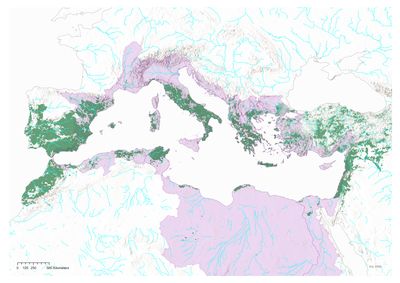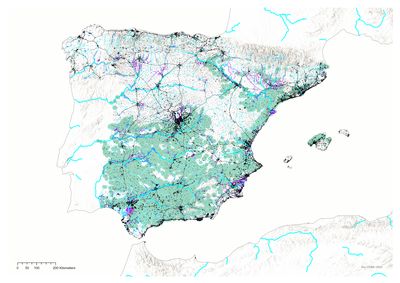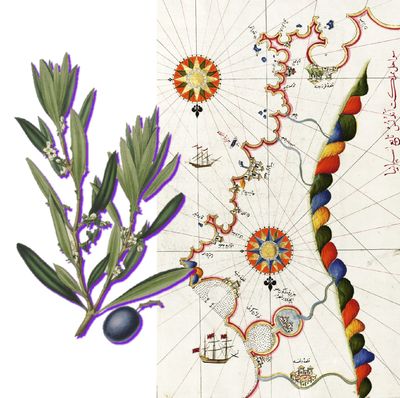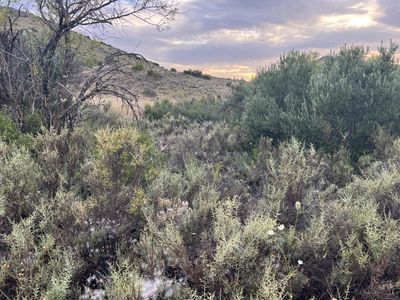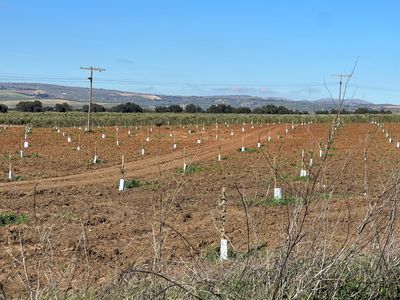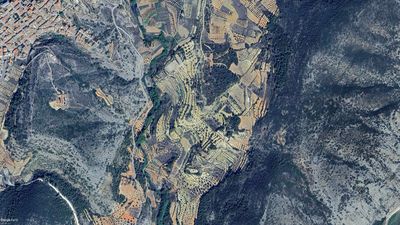Cultivated/Designed Olive Landscapes
Learning from Human Practices and Olive Tree Agencies in Fields and Parks of the Extended Territory of Valencia, Spain
Juan Villalón Hernando
This research delves into the cultural and ecological significance of the olive tree (olea europaea) and investigates the interplay between agricultural and landscape design practices involved in olive tree cultivation and their socioecological and spatial consequences. It focuses on the extended territory of Valencia, a region where olive trees have been cultivated for millennia and currently experiencing contrasting landscape transformations. In higher areas, closer to the Iberian System traditional olive farming is declining in due to depopulation, while super-intensive cultivation, reliant on irrigation and mechanization, is rapidly expanding a monoculture for olive oil production in lower areas of valleys. In the city of Valencia, agricultural landscapes are shifting from traditional orchards to industrialized crops, increasing pollution and water stress, while urban parks preserve olive trees as heritage or use them for climate change mitigation in response to droughts and desertification.
The research project hypothesizes that nowadays, olive tree cultivation is producing radically different landscapes that can be both a tool to deploy extended urbanization processes through agricultural intensification, which exacerbates environmental crises but can also inform alternative territorial development rooted in ancient, local, and agroecological practices, which build on olive tree’s inherent resilience to arid climates. The research project aims to study and register the diverse agricultural, gardening, and design practices and technologies that have produced these particular landscapes, to trace and understand the co-constitutive humans-olive tree relationships and the influences from divergent agrarian and landscape concepts and traditions, and to map and uncover their divergent socioecological consequences on the territory.
Deploying a comparative qualitative study between different designed and cultivated olive landscapes across the watersheds of the Jucar and Turia rivers, the research aims to bring together the scales of the olive tree and the territory and go beyond the urban/rural divide existing in current literature, linking agriculture, gardening, and landscape architecture practices happening in both parks and fields. This can allow gaining a deeper understanding of the interconnectedness of olive cultivation practices and their diverse origins and socioecological consequences on territorial transformation and provide a comprehensive set of alternative concepts, insights, and strategies to inform policymakers, urban planners, farmers, and landscape designers as they plan, cultivate and design similar Mediterranean territories.
